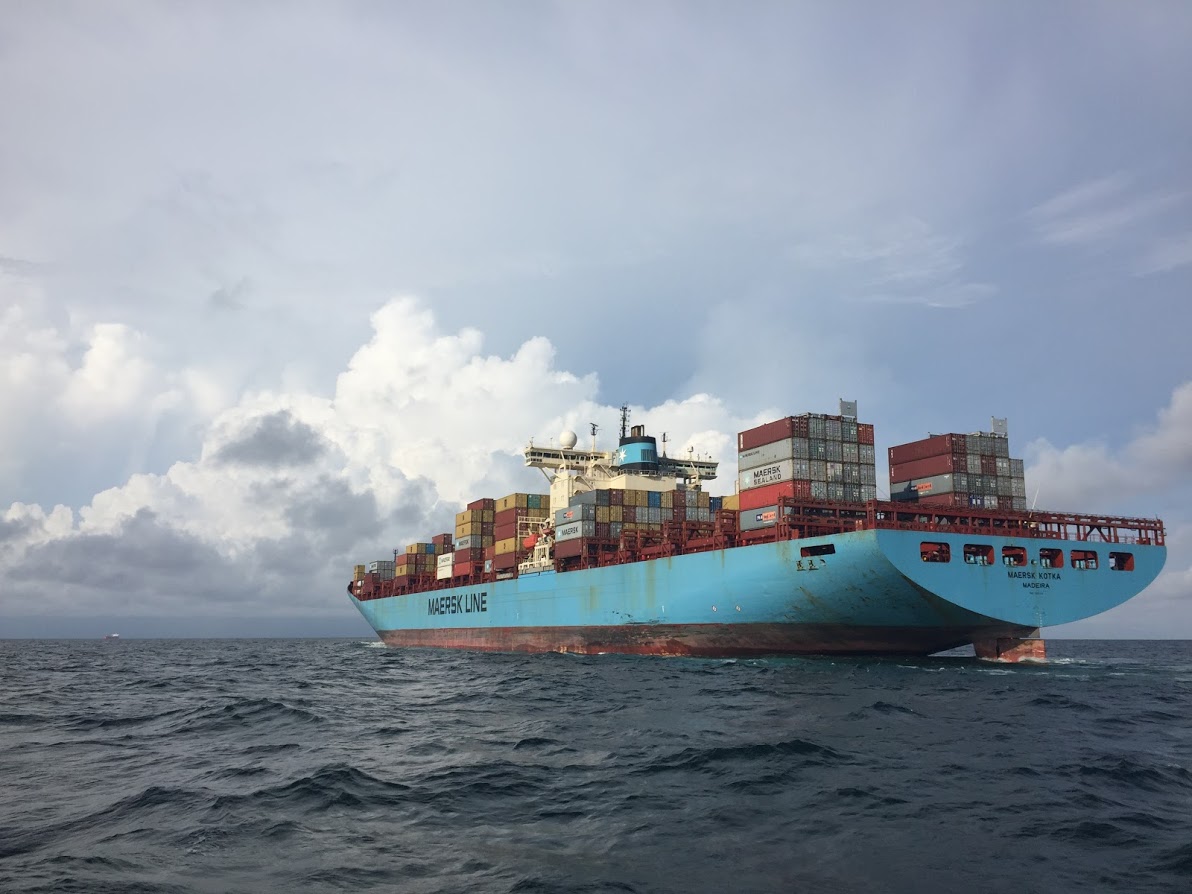Coastal and Great Lakes Conditions Forecast
Notice of directory structure change on the NODD S3 bucket
The NODD AWS cloud is used to disseminate model outputs from National Ocean Service's operational forecast systems (OFS).
- As of January 1, 2025, the new directory structure will be: /OFS/netcdf/YYYY/MM/DD, where
- OFS refers to the name of the model (e.g. cbofs, ciofs, dbofs, gomofs, leofs, lmhofs, loofs, lsofs, ngofs2, sfbofs, sscofs, tbofs, wcofs)
- YYYY refers to the year of the model run
- MM refers to the month of the model run
- DD refers to the day of the model run
- The new directory structure will improve performance while accessing the model outputs.
Starting November 20, 2024, model output files will be available in the current and new directory structures. The current file directory structure is: OFS/netcdf/YYYYMM, where one single folder usually contains over 7000 files and a large amount of memory is required for the THREDDS applications.
The current directory and new structures will co-exist until January 1, 2025, when the current directory structure will be decommissioned.
NOAA provides forecast guidance of oceanographic information to help mariners safely navigate their local waters. This national network of hydrodynamic models provides users with operational nowcast and forecast guidance (out to 48 hours) on parameters such as water levels, water temperature, salinity, and currents. These forecast systems are implemented in critical ports, harbors, estuaries, Great Lakes and coastal waters of the United States, and form a national backbone of real-time data, tidal predictions, data management and operational modeling.
-
Marine Channel Forecast
A product designed to aid local pilots by providing them with meteorological and oceanographic forecasts along the marine channels. -
OceansMap - BETA
OceansMap provides a platform for visualization and analysis of state-of-the-art numerical hydrodynamic models. Driven by real-time data and meteorological, oceanographic, and river flow rate forecasts; OceansMap allows users to examine several modeled variables together in a map-based environment and generate time-series plots of nowcast and short-term (0 hr. - 48 hr.) forecast predictions.
